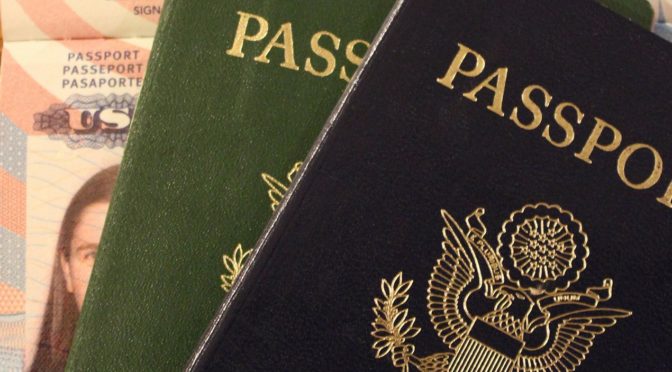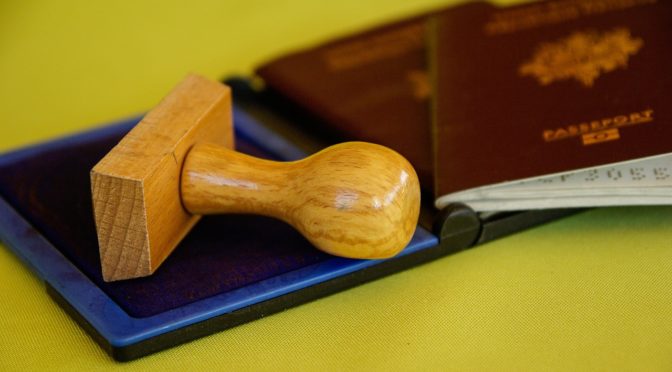The Convention on the International Trade in Endangered Species of Wild Fauna and Flora (CITES) was created to ensure that international trade in specimens of wild animals and plants does not threaten their survival. There are 183 parties to CITES, which meet every three years. The most recent meeting, CITES COP17, was held last fall in South Africa. (You can read more about this meeting in AFM Legislative and Political Director Alfonso Pollard’s November 2016 IM column.)
On December 7, a webinar co-hosted by the AFM, as well as the American Federation of Violin and Bow Makers, Carnegie Hall, Chamber Music America, League of American Orchestras, NAMM, and The Recording Academy, highlighted new rules for protected species and musical instruments. If you missed it, you can view the webinar from the website: www.afm.org/2016/12/travel-instruments-containing-endangered-species. Following are some highlights from the webinar.
Protected Species
Musicians should be aware that certain interstate or international activities with wood or wildlife products such as wooden instruments or instruments with ivory inlays are prohibited or regulated under international and domestic law. Before you acquire a new instrument or make plans to travel with an instrument made of protected wood or wildlife species, you should make plans to ensure compliance.
CITES protected species (about 5,000 animals and 35,000 plants) are listed in three appendices:
Appendix 1: Species threatened with extinction. Commercial trade is generally prohibited.
Appendix 2: Species vulnerable to overexploitation but not at risk of extinction. Commercial and noncommercial trade is allowed.
Appendix 3: Species protected by at least one country to address legal origin, not sustainability. Most activities are generally allowed.
The complete appendices are found at: cites.org/eng/app/appendices.php.
Permits
The backbone of CITES is a permit system that facilitates international cooperation in conservation and trade. Permits are issued only if a country’s management and scientific authorities determine trade is legal and does not threaten species’ survival. Permit requirements are:
• Appendix 1 species: Require an import permit from the importing country and an export permit from the exporting country.
• Appendix 2 species: Require an export permit or certificate from the exporting country.
• Appendix 3 species: Require an export permit from the listing country and a certificate of origin from all others.
• Pre-convention specimens: Require CITES certificates for export, but not import.
Musical instrument and traveling exhibition certificates:
• Musical Instrument Certificate—a passport-like certificate for musical instruments that is issued to individuals.
• Traveling Exhibition Certificate—a passport-like certificate for musical instruments that is issued to orchestras and ensembles.
These certificates are valid for up to three years and are intended for noncommercial purposes, including travel for performance. Single-use CITES Export/Re-Export Permits (form 3-200-32) are available for commercial purposes (sale). Application forms are available at: www.fws.gov/international/permits/.
Sometimes a permit is not required for musical instruments personally owned and containing less than 10 kg of these species of wood. If an individual is traveling with an instrument that contains only Appendix 2 and 3 species, he may qualify for a personal or household effects exemption. (Regulations on personal effects can be found at www.ecfr.gov.)
Travel Tips
For each instrument, gather as much information as possible: scientific name and common name of woods used, date of manufacture, evidence of lawful acquisition, and evidence of lawful import.
Print out regulations and keep them with the instruments for reference.
Keep and travel with documentation about the source and history of your instrument.
Consult with CITES Authorities in any countries to which you will be traveling prior to travel with an instrument containing a CITES species (www.cites.org/cms/index.php/component/cp).
If you are unsure about the status of the species you wish to import or export you can search by scientific name or common name on the CITES Species Database (www.speciesplus.net).
For more details on the Endangered Species Act visit www.fws.gov/endangered/. Or contact Alfonso Pollard (apollard@afm.org) for more information on travel with instruments containing protected species.












